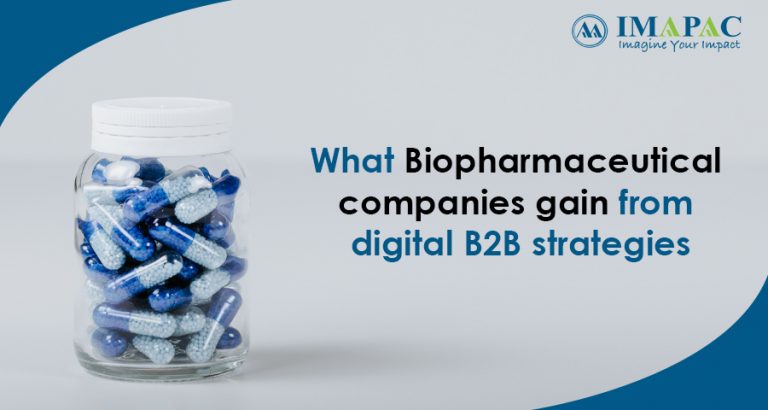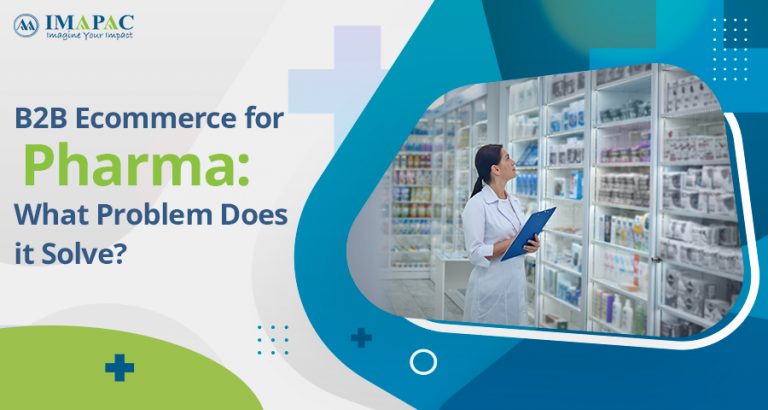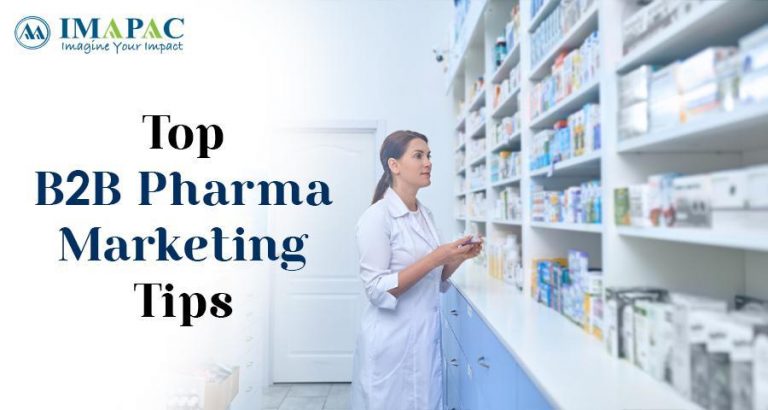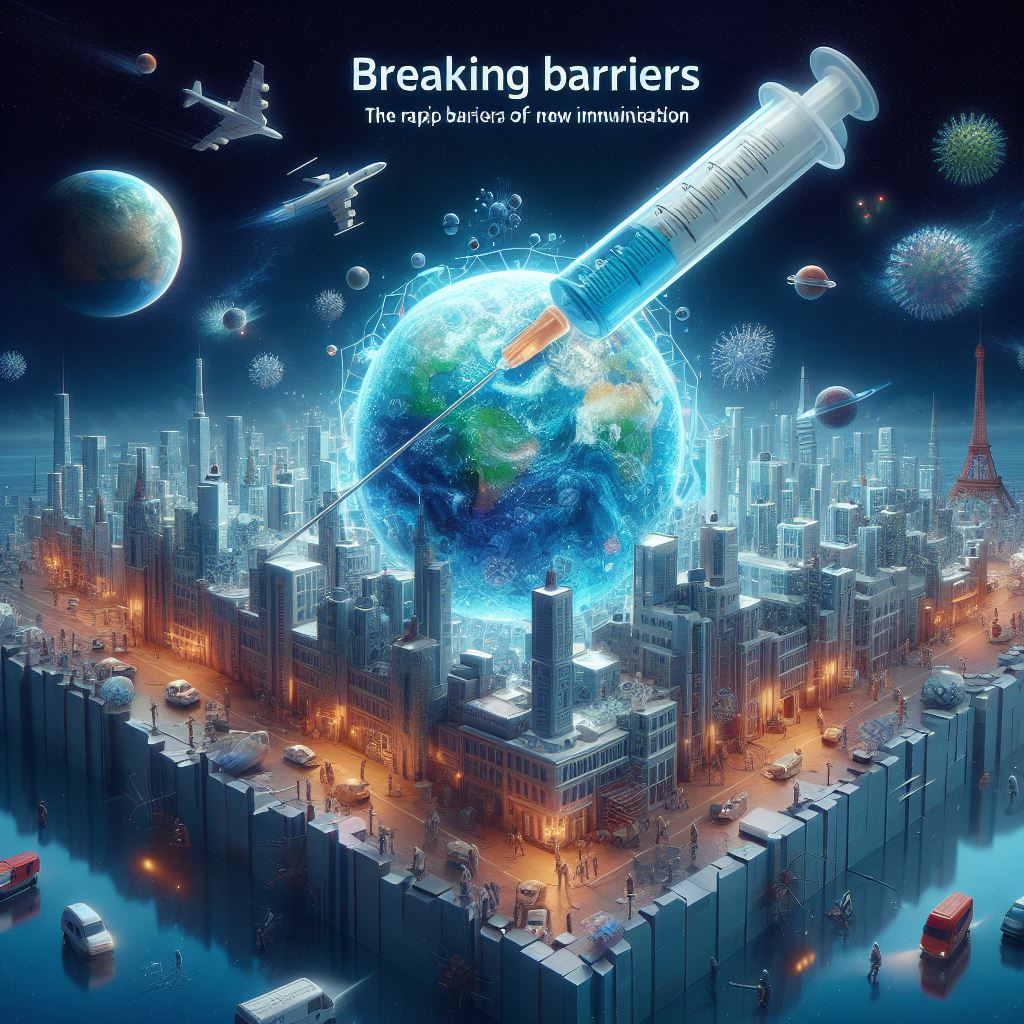What Biopharmaceutical Companies Gain From Digital B2B Strategies


How Can Businesses Adapt to Shifting Purchasing Patterns?
Businesses need to be adaptive and flexible to meet the constantly shifting needs of their clients. However, the target audience must always be carefully considered first. Consumers are now anticipated to make frequent online purchases or service requests. Due to the rapid advancement of mobile technology, we now routinely use our smartphones for information seeking, interacting with brands on social media, and making purchases.
Of course, we’re not always referring to genuine online shopping. The fact is that having an online presence aids businesses in increasing customer loyalty, which in today’s world is a crucial aspect of the customer lifecycle, as well as brand exposure through the proper channel mix. To assure the best-in-class experience, businesses must adopt an omnichannel strategy that integrates their marketing resources, data, technologies, and personnel.
But developing a website with a tonne of content coming from many online parts is not part of an exhaustive omnichannel approach. Instead of expecting to be inundated with information or lengthy lists of prescriptions, patients and healthcare professionals want to be identified, treated, and supported at every digital (or non-digital) touchpoint, and they want to become more data-savvy and health-aware. The company’s objectives and goals can only be connected to the unique demands and behaviors of each client in order to optimize overall results in each consumer segment.
B2B in pharmaceuticals may be facing two key difficulties as they attempt to keep up with their digital users as new technologies emerge quickly. These include recognizing time-to-value and a budget shortage. Retailers also cited obstacles to implementing e-commerce tools and a lack of consistent experience across channels as contributing factors. For improved brand promotion, some organizations’ employees find it difficult to work with self-service digital websites, or vice versa, many teams who are primarily involved in e-commerce may run into difficulties when integrating offline tools into their strategy.
In the end, businesses should have a consistent online and offline presence, maintain the proper balance, and continuously monitor how one channel interacts with another. Or, as noted in the study, to strike a balance between the advantages of digital automation and a more consultative, customer-centric approach to selling.
Nowadays, customer data is dispersed across a wide range of platforms, such as mobile, internet, social media, etc. Client data should be carefully recorded, located, and unified from numerous touchpoints when it comes to such rigorously regulated companies as Pharma and Life Sciences. To thrive in the fiercely competitive market and win client loyalty through targeted messaging, data silos should be broken up. It entails connecting CRM data with a marketing automation system for pharmaceuticals.

The Usage of Digital Technology Improves the Consumer Experience.
In this study, more than two-thirds of merchants used SaaS solutions as part of their eCommerce strategy. Easy deployment, the removal of superfluous work for IT teams, a quicker learning curve, and improved cost-effectiveness are a few of the main advantages. When building an omnichannel ecosystem and unifying their digital and traditional sales and marketing channels into one consolidated strategy, B2B marketers need a reliable technology foundation to rely on.
Every industry, without exception, is being revolutionized by the embrace of technology. For instance, a variety of digital tools and platforms enable decision-making in real time for life sciences and pharmaceutical companies in Singapore.
How can Pharma Make B2B Ecommerce The Main Engine for Success in the Future?
With 83% of firms anticipating higher eCommerce sales over the next three years, they are preparing for the omnichannel selling future.
In the upcoming years, the adoption of eCommerce will only accelerate and deepen. According to statistics, B2B businesses that engage in online selling had higher sales, a more successful pricing strategy, and improved product catalogs. Furthermore, it is anticipated that by using online channels, e-commerce techniques will help enter new markets much faster and more affordably. This in fact creates new opportunities for the development of an omnichannel selling future.
The quick development of digital marketing and the transformation in embracing virtual channels have both had an impact on pharma. Examples include ordering prescribed medications by patients via a single application, VR and AR presentations with instructional aims to provide more dynamic and engaging experiences, and many more.
Marketing and sales teams need to be aware that consumers who are more “digital-oriented” may change their preferences and behaviors more frequently than customers who are more “offline-preferred” in order to ensure a better omnichannel experience. They must carefully plan their excursions, taking into account the pre, during, and post-sale phases.





